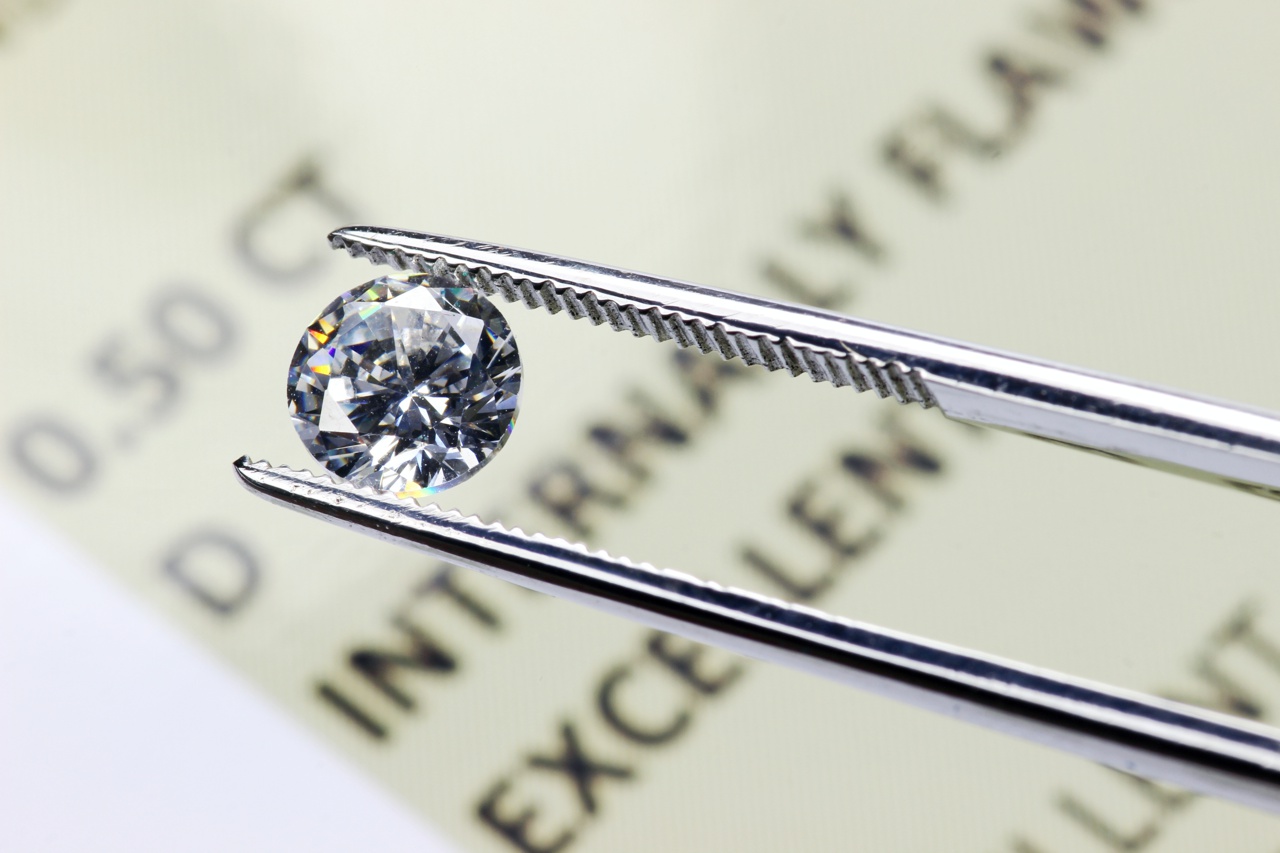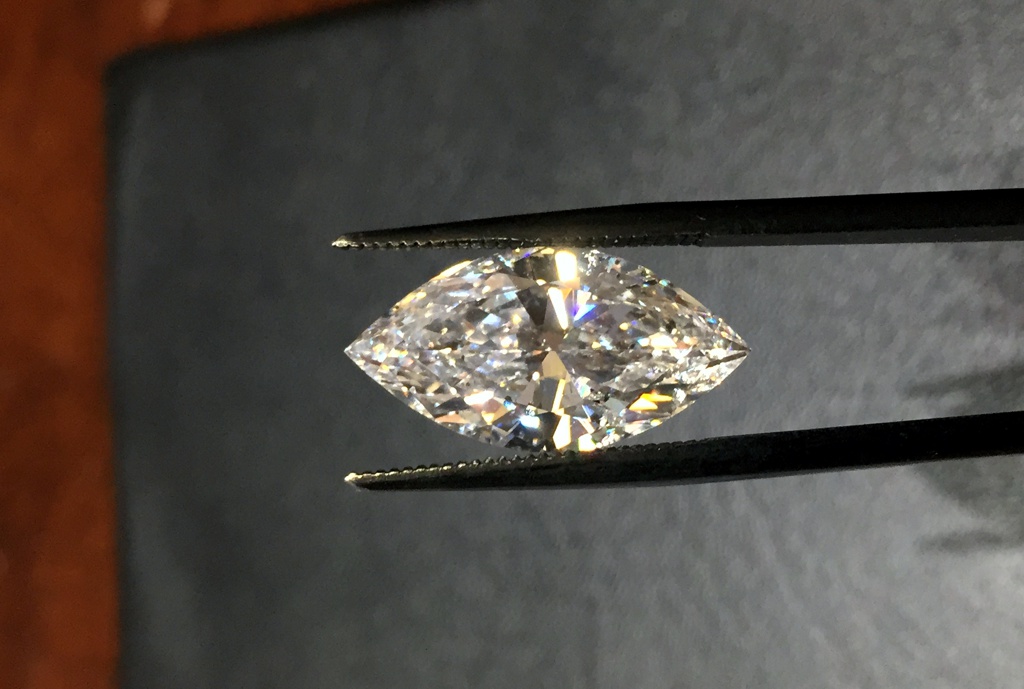
Diamond Colors Explained: Does the Color of My Diamond Affect Its Value?
Wondering how the color of your diamond might affect its value? Read our guide and learn everything you should know about diamond colors and value.
The color of diamonds has a huge impact on their value.
Diamonds are one of nature’s most beautiful creations. They are formed deep within the earth, where carbon is put under immense heat and pressure and mixes with other elements.
The colors of diamonds depend on the elements that the carbon mixes with, as well as any damage to its atomic structure.
A diamond’s color affects how rare it is, so affects the price that you can sell the diamond for. A rare diamond will be worth significantly more than one that is more common and easy to find.
Take a look at how diamond colors affect the value of your diamonds.
How to Grade the Color of Diamonds
 The Gemological Institute of America (GIA) is the leading authority on diamonds. The quality and value of a diamond are measured by the 4 C’s; color, clarity, carat weight and cut.
The Gemological Institute of America (GIA) is the leading authority on diamonds. The quality and value of a diamond are measured by the 4 C’s; color, clarity, carat weight and cut.
The more colorless the diamond, the rarer and more valuable it is. However, this can be nearly impossible to do with the naked eye. That is why the GIA has created an internationally recognized system of grading the color of diamonds.
The Diamond Color Scale is used to determine a diamond’s color grade. The diamond in question is compared to master stones, which are placed in a row across colored paper.
Gemologists place the diamond in question alongside the master stones and determine which stone it is most similar to. This process is repeated by numerous gemologists to ensure that the grading is accurate.
The further down the color scale, the less valuable the diamond.
The Diamond Color Scale
 When white diamonds are color graded, gemologists use the Diamond Color Scale. This is a scale from D to Z, meaning that white diamonds have 17 possible color grades.
When white diamonds are color graded, gemologists use the Diamond Color Scale. This is a scale from D to Z, meaning that white diamonds have 17 possible color grades.
Diamonds in the D category are the purest and colorless. These are the hardest to find in nature, meaning that they are the rarest and therefore most desired. This means that they are the most valuable diamonds.
At the other end of the scale, diamonds in the Z category have a yellow tint.
Colorless Diamonds: D to F
Diamonds that are categorized as D to F in the Diamond Color Scale are considered colorless. These are the most valuable diamonds, as they are the most difficult to find.
The color difference between D, E and F diamonds is almost impossible to see. Experienced gemologists have to compare diamonds directly next to one another in order to categorize them.
However, there is a substantial difference in price between D, E and F diamonds. D diamonds are significantly more valuable than any other. When everything else between them is the same, each color grade can have a retail price difference of approximately $1300. If you have questions on how color effect the price you can get from selling your diamond, give us a call.
Near Colorless Diamonds: G to J
Diamonds that are categorized as G to J display minuscule traces of color. Once again, this is very difficult to see with the naked eye, and especially if inexperienced with diamond color grading.
However, G to J diamonds are significantly less valuable than those categorized as D to F.
Faint Color: K to M
The K to M diamonds have a faint color; a visible yellow tint.
There is clearly less demand for these diamonds, which means that they are bought and sold for a lower price. Indeed, there is a marked drop in price between a J and K diamond.
If you’re considering selling to a diamond buyer and your diamond is less than a J grade, you may have a little more difficulty.
Very Light Color: N to R
Diamonds categorized as N to R in the Diamond Color Scale have a noticeable, light color. This can display a yellow or brown tint.
These diamonds are some of the least in demand, meaning that the price for purchasing or selling is very low.
Light Color: S to Z
These diamonds display the clearest yellow or brown tint.
In fact, diamonds beyond the U color are more in demand than those in the previous category, as they look like Fancy Colored diamonds.
Fancy Colored Diamonds
 The Diamond Color Scale – rated from D to Z – only applies to white diamonds. Fancy colored diamonds are extremely rare colored diamonds.
The Diamond Color Scale – rated from D to Z – only applies to white diamonds. Fancy colored diamonds are extremely rare colored diamonds.
This happens when a diamond’s color is altered during crystallization when foreign particles became trapped within the structure. Only 1 out of 10,000 diamonds is fancy colored.
The grading of fancy colored diamonds is more complicated, and almost the reverse of white diamonds. One of the most famous fancy colored diamonds is the Hope Diamond and its beautiful blue tint is very rare.
Grading Fancy Colored Diamonds
White diamonds are more valuable with less color. Fancy colored diamonds are more valuable with more color. They are graded on both their color and color intensity.
Therefore, colored diamonds have hundreds of potential color grades.
The colors that they can be categorized as are red, blue, pink, green, purple, violet, gray, brown, orange, yellow, black and white. Colored diamonds can be graded as two or three colors. For example, there are Fancy Gray Blue Diamonds and Fancy Yellow Brown Diamonds.
Color intensities can be classified as faint, very light, light, fancy light, fancy, fancy deep, fancy dark, fancy intense and fancy vivid.
Diamond Colors and Their Value
Diamond colors hugely affect their value. When you want to sell your diamond jewelry, it is important to understand how diamond color affects value.
Whilst color is one of the 4 C’s used to grade – and ultimately value – a diamond, it is a crucial categorization. For white diamonds, no color means higher value. For fancy colored diamonds, more color means higher value.
Do you want to know what color grade your diamond is? Contact us now and we’ll be able to give you an accurate evaluation.
